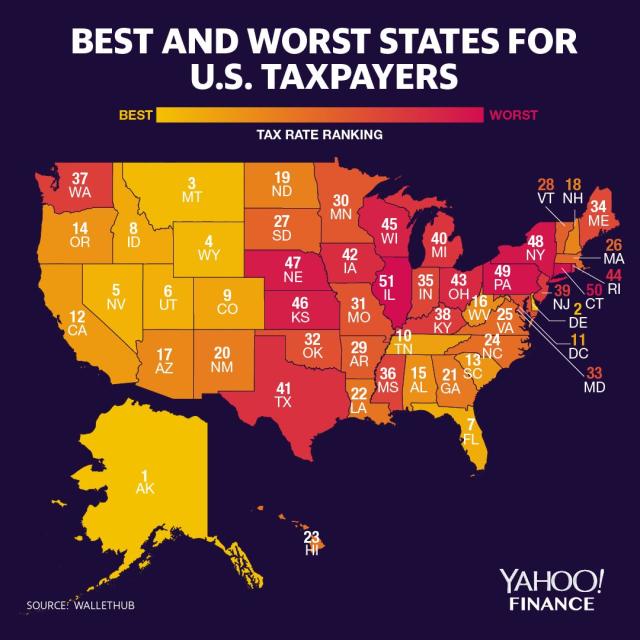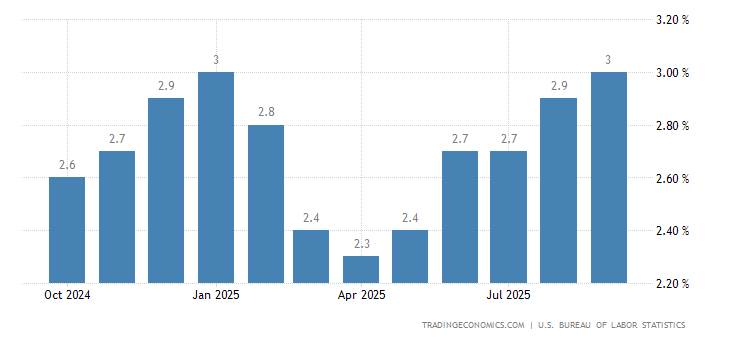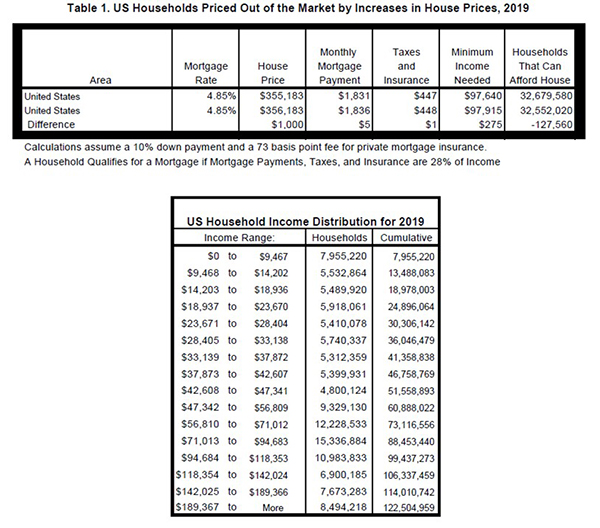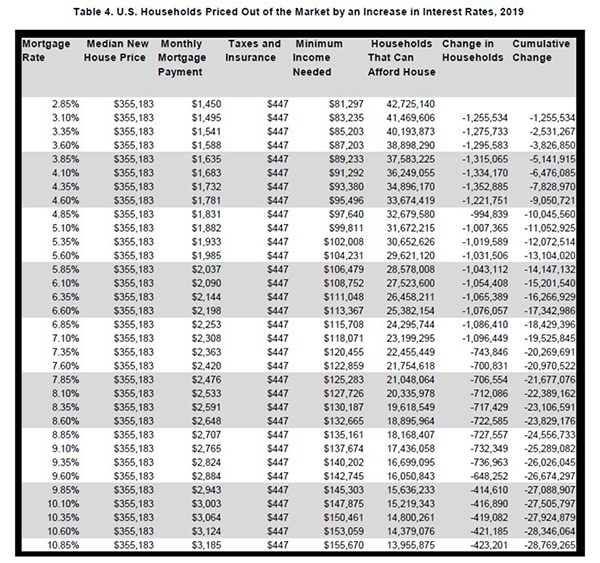Alt: Different words that describe how to use digital marketing to sell your home, circled with a red marker.
With the COVID-19 global outbreak seriously hindering the real estate industry, people all over the world are looking for effective ways to advertise and sell their homes. One of the best strategies for now proved to be digital marketing. With that in mind, let’s see how to use digital marketing to sell your home!
Hiring a real estate agent
You must be asking what a real estate agent has to do with digital marketing. Well, they are using websites, right? Advertising your home online is the best way of finding a buyer. And, with mortgage rates going down, buyers will look to hire real estate agents.
Building your own website
A more personal way of using digital marketing to sell your home is to build your own website. Today, you can quickly set up a webpage at affordable prices, and this is a fantastic way to offer potential buyers more personal information. You can attach videos of online house tours, add photos, write notes about the place, and have a 1-on-1 conversation with a potential buyer.
Caption: By using a website and social media platforms, you are easily getting connected with people all around the world.
Alt: A girl standing and holding a laptop, surrounded with icons of different social media platforms.
Even though this website option might seem like too much of an effort for selling a place, there are other advantages to it.
Running a blog
If you start a blog on a real estate topic and post quality content, you will soon get readers. And, if you have well-written articles, the numbers will only go up. Articles are a fantastic way to advertise, and you never know if a reader might be a potential buyer.
Social media campaign
It is a fact that social media changed the world forever. Be it for the better or for worse, that is yet to be decided. Nevertheless, many people run businesses solely on social media. At Cofe Winchester site we will get different blogs to view business marketing tips. Simply, click here for business related useful information.
Since it has a wide reach, you can use various profiles to post ads about selling your place.
Ways that realtors use digital marketing to sell homes
Besides trying to sell a home on your own, which is an admirable feat, by far the best way to sell a home is through hiring a real estate agent. They use many digital marketing strategies to quickly sell a place, so let’s see what is their approach.
Pay-Per-Click advertising
Many professionals use Pay-Per-Click advertising to generate new leads. Many people earn money by clicking on ads, and this is a proven strategy to find potential buyers.
Getting in touch with a real estate agent is the best way to quickly get in touch with a lot of buyers.
Webinars for buyers
Many real estate agents host webinars about real estate. Both buyers and sellers attend these webinars to learn more about the industry and get in touch with potential clients.
You can even search for similar events in a nearby area and attend it. It might just happen you will meet the next owner of your house!
E-mail campaigns
E-mail campaigns are another strong tool that can help you sell your place. If we look at any real estate agency, they have thousands of clients, both looking to sell or buy. Each client has specific needs, but they can be grouped depending on different categories.
For example, all single people will look for smaller apartments, while families with children often look for a house.
Real estate agents can start e-mail campaigns where they can inform targeted groups of buyers if a new home that fits their requirements popped up on the market.
Stages of a digital marketing campaign for selling a home
Now that you familiarized yourself with different digital marketing channels you can use to sell your home, let’s talk about the structural composition of a digital marketing campaign.
Caption: Understanding how digital marketing works will help you to sell your home faster.
Alt: A poster saying INTERNET MARKETING in the middle, surrounded with words that represent various digital marketing components.
If we follow examples of professional digital marketing companies like Digital Dot New York, we can see a pattern of success. The main components of a digital marketing campaign are:
- identifying your targeted group of clients
- setting clear goals
- working only with trusted partners
- always value the quality of the service over the quantity
Identifying targeted groups of buyers
In order to create a successful digital marketing campaign to sell your home, first identify your potential buyers.
What kind of home do you have? How many rooms? Is it a house, or an apartment? Does it have a garage? If it is in a building, is there an elevator?
There are so many questions you can ask yourself, and each of these questions is important in identifying who your buyers are. As an example, if you live in a building and there is no elevator, you should not target families with babies.
Once you know who your customers are, you can find ways to advertise your place.
Set clear goals
While the main goal is to sell your home, you should think outside of the box when it comes to setting goals. If you have a simplified approach you might lose a lot of buyers.
The real estate market is huge, and there is a lot of competition. If you wish to sell your place quickly, you must find a way to make your home stand out in the crowd. And that’s what your goal should be!
Caption: Have a clearly set structure of goals in front of you, that is the best way to create a good digital advertisement for selling your home.
Alt: A structural tree showing various components of digital marketing.
Outline all the good elements of your place, but do it from a distance. Do not be too pushy, or you might drive clients away.
Work with people you trust
There are many real estate agencies on the market. However, not everyone will create a good offer for you. With that in mind, always look for recommendations and read reviews.
The same applies when looking for professionals to help you start a digital marketing campaign. If you apply this strategy, you will show that you are focusing on the quality and experience, instead of just looking for a cheaper agent.
That’s how to use digital marketing to sell your home As you can see, there are many different approaches if you wish to use digital marketing to sell your home. In the end, it all depends on what strategy will show as the most efficient one. Nevertheless, there is no reason why you should not try multiple strategies at the same time. Only by combining these elements you can find the right buyer quickly, and make a good deal. Good luck!








